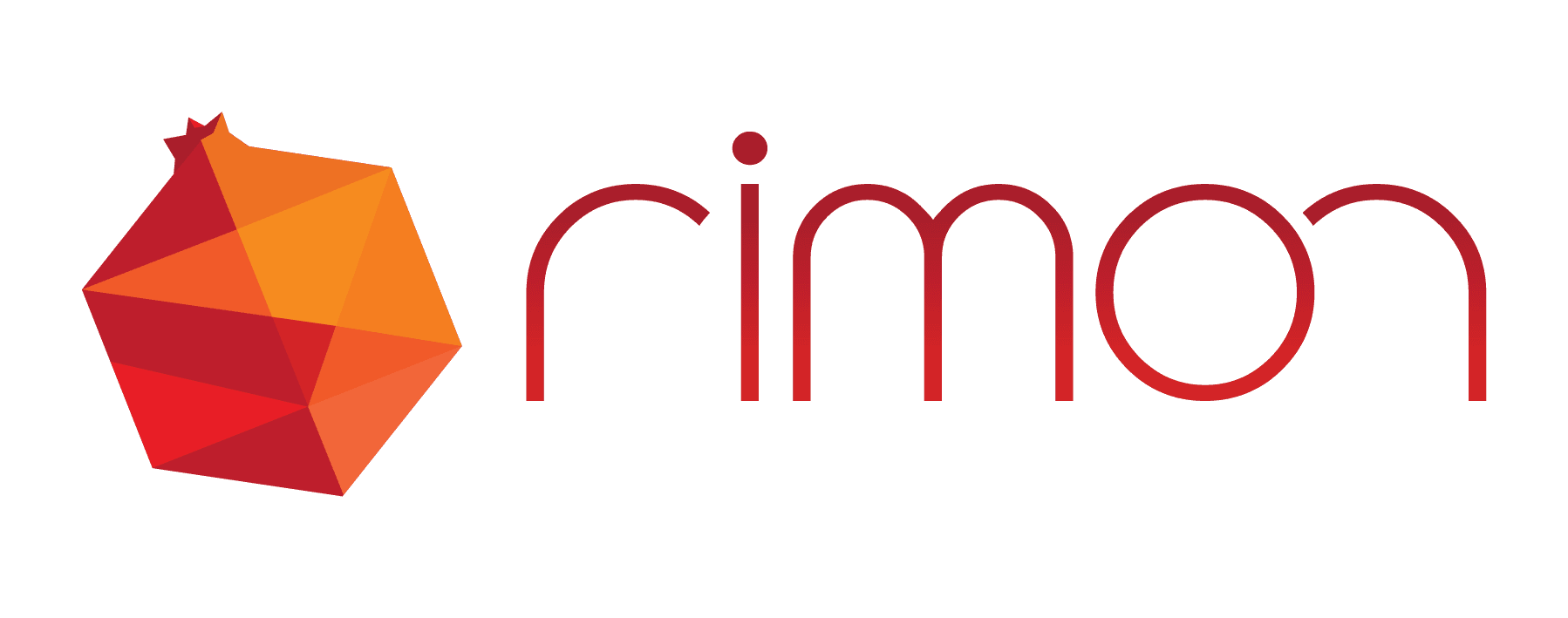Understanding Feedstock in RDTI: A Comprehensive Guide
- By Errol Sandler
- •
- 25 Mar, 2022

What is the Feedstock Adjustment within the R&D Tax Incentive?
When companies undertake a R&D project, it is common for the materials/goods to undergo some sort of transformation during the R&D process.
At the end of the process these materials/goods may have changed form and result in a prototype the company is looking to make.
The company may be able to sell some or all the prototypes that are made.
The selling of this prototype will trigger what is known as a feedstock adjustment.
Let me explain further. . .
The costs of the materials used in the R&D process will be claimable under the R&D Tax Incentive (assuming this is an eligible R&D activity as defined by the ATO guidelines).
The costs of the materials here are known as feedstock expenditure (or feedstock inputs).
The prototype that came out of the R&D activity/experiment is known as feedstock output.
If this prototype is sold, the monies received will be known a feedstock revenue.
The selling of the protype is what triggers the feedstock adjustment.
Why is the Feedstock Adjustment required?
You may be asking why this adjustment is necessary. The ATO guidance states –
‘The feedstock adjustment is intended to recover some or all of the 'incentive' component of the R&D tax incentive offset you receive for your feedstock expenditure – that is, the amount you receive above the general tax deduction that would otherwise be available.’
How to calculate the Feedstock Adjustment
Let us break it down using an example to help understand how this feedstock adjustment works in the real world within the context of the Research and Development Tax Incentive.
Company ‘Value Leather’ is making a unique leather piece that fits onto travel luggage to help your luggage stay still in transit.
The costs of the materials used to try and make this unique piece of leather comes to $3,000.
After these materials go through some experiments, the specific piece of leather comes out at the end of the R&D process. This piece of leather is the feedstock output.
Value Leather have a customer that will buy the prototype for $1,000.
The usual price is $5,500 however as it’s only a prototype Value Leather are happy to recover some of its cost.
The sale of the prototype takes place in FY20.
To recap -
$3,000 will be the feedstock expenditure/input
$1,000 will be the feedstock revenue
The calculation of the feedstock adjustment has 2 steps -
- Step 1 - Take the lesser of the feedstock expenditure/input and feedstock revenue
- Step 2 – Take the amount from Step 1 and multiply it by a 1/3.
In our example above –
- Step 1 - the lesser of $3,000 and $1,000 is $1,000.
- Step 2 - $1000 x 1/3 = $333.
The ATO guidance states ‘including in your assessable income one-third of the lesser of the relevant feedstock expenditure or feedstock revenue.’
The feedstock adjustment is thus added back to Value Leather’s assessable income and is not offset directly against the amount they are claiming for R&D (the $3,000 and any other relevant costs).
- In this example Value Leather would add back $333 to the taxable income amount for the year and would not offset the $333 against the $3,000 cost that is being claimed for R&D.
Remember the adjustment is only triggered in the year the prototype is sold.
In our example above it was sold in FY20 and so the feedstock adjustment needs to be done for FY20’s tax return.
Our experiences at Rimon Advisory have shown that while most feedstock adjustment cases are fairly straight forward, more complex scenarios do occur.
To Conclude -
When claiming the R&D Tax Incentive, a company may be required to make a feedstock adjustment if it sells any prototypes made.
In the year the output is sold the company needs to include in its assessable income a 1/3 of the lesser of the feedstock expenditure and the feedstock revenue.
For some more info on the RDTI click below
Errol Sandler, a Chartered Accountant, is a key member of management at Rimon Advisory, a leading Australian R&D Tax Incentive and Export Market Development Grant consulting firm.


